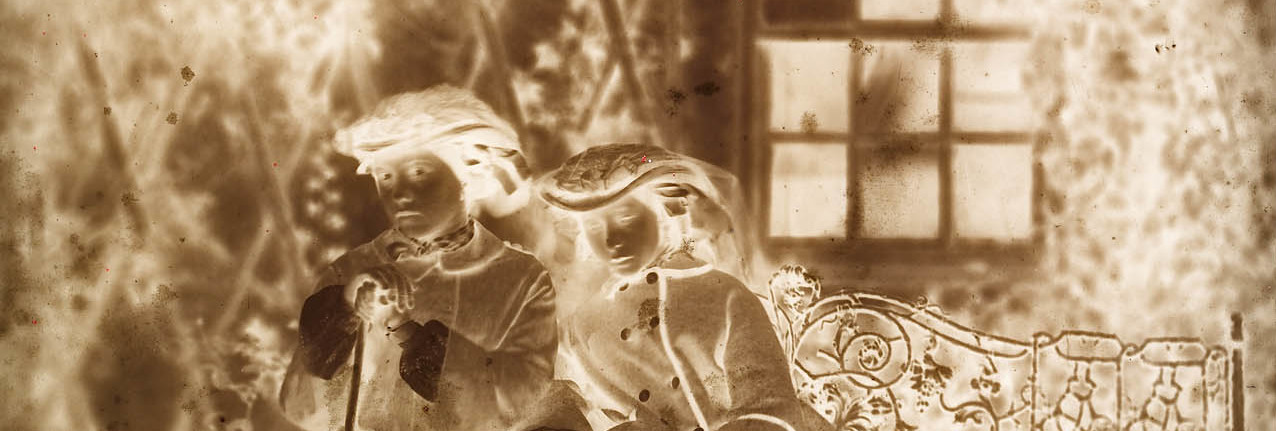
Learn more about the photographic techniques available in the mid-19th century
Daguerreotype
Louis Daguerre’s (1787-1851) daguerreotype invention was announced in France on 6 January 1839. The invention was the product of years of experimentation, partly in collaboration with Nicéphore Niépce (1765-1833), who passed away in 1833.
An article in Gazette de France stated,
Daguerre has found a way of fixing the images that paint themselves on the screen of the camera obscura so that these are no longer just a passing reflection of objects, but rather their fixed and permanent imprint.
The daguerreotype consists of a highly polished piece of thin, photosensitive silver adhered to a copper plate. Through the action of the sun, an exposure would occur, creating a permanent image. Daguerre exclaimed in an 1839 letter,
[t]he sun himself in the future shall draw my pictures!
Initially, exposures could last between a minute to half-an-hour, dependent on the light available. However, by 1850, exposure times dropped to less than a minute. Following exposure, the plate is developed through contact with mercury vapours and immersion in sodium chloride baths.
Daguerreotypes were expensive and unique photographic objects. The image created could not be replicated except by photographing the daguerreotype. Consequently, the works were very precious. Their personal and monetary value is often evident in their presentation as the works were frequently kept in golden frames in leather cases with silk or velvet linings.
The first surviving photograph of a royal family member is a daguerreotype of Prince Albert (1819-61), taken in 1842. Daguerreotypes were primarily used for portraiture, however, examples of other subjects exist. In 1848, Prince Albert acquired a daguerreotype of the Chartist Meeting on Kennington Common by the photographer William Edward Kilburn (1818–91). Using the relatively complicated daguerreotype process, Kilburn created a remarkable, highly atmospheric recording of the events.







